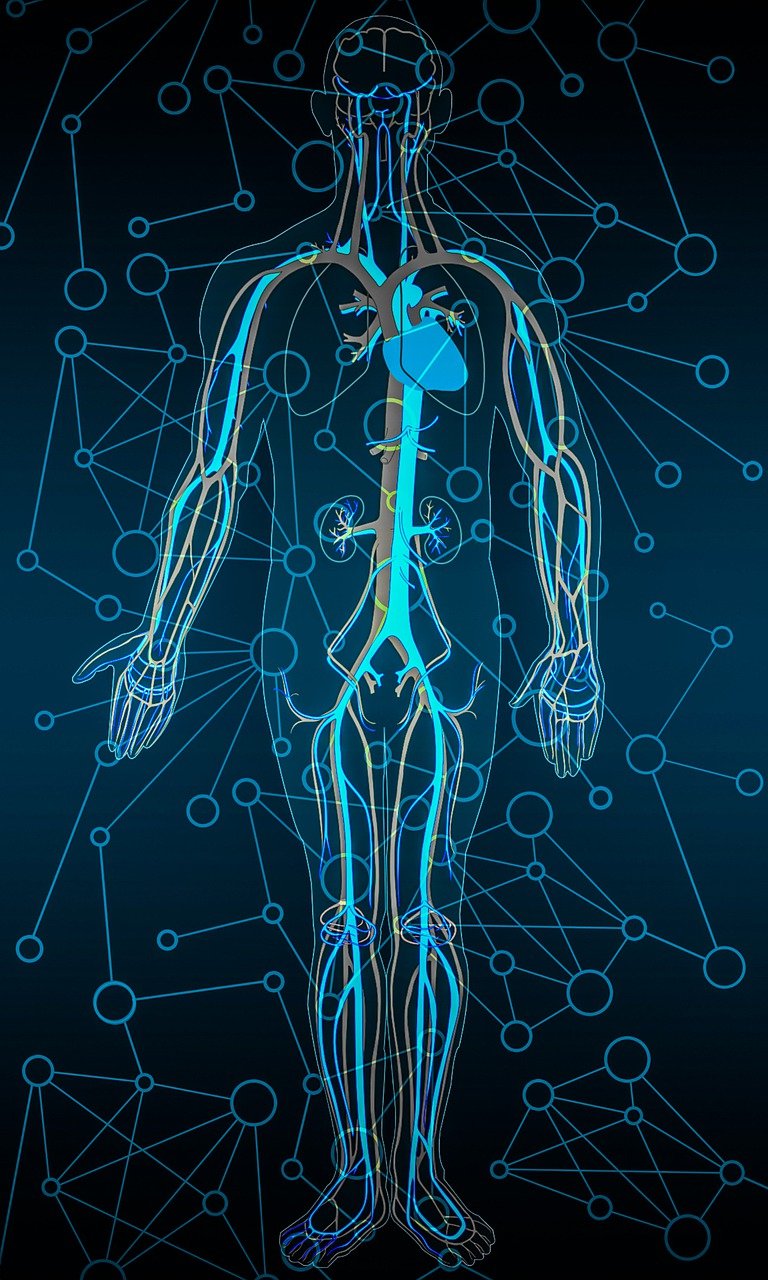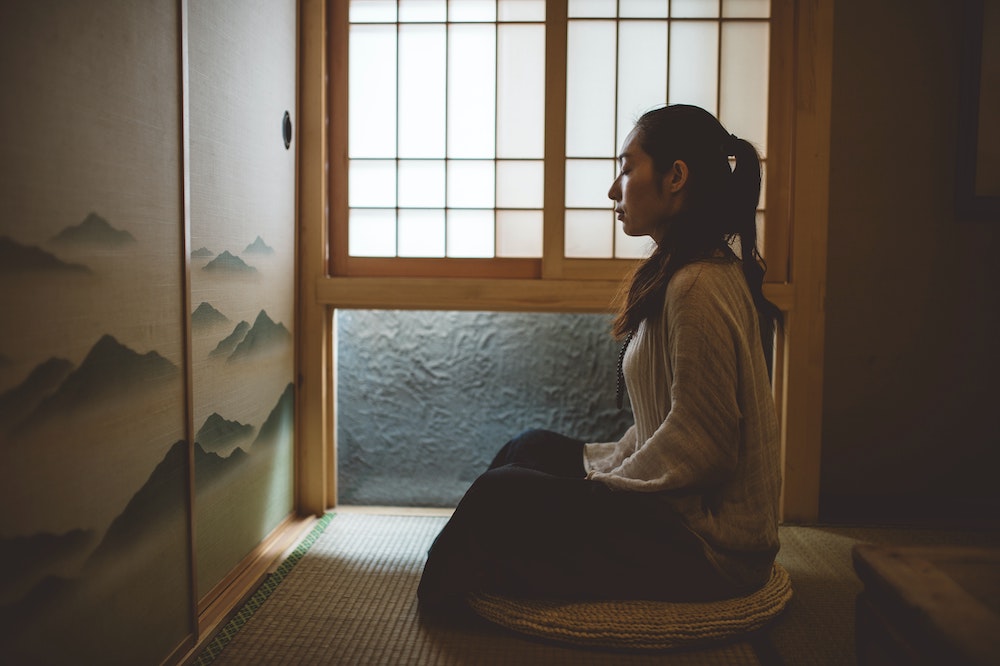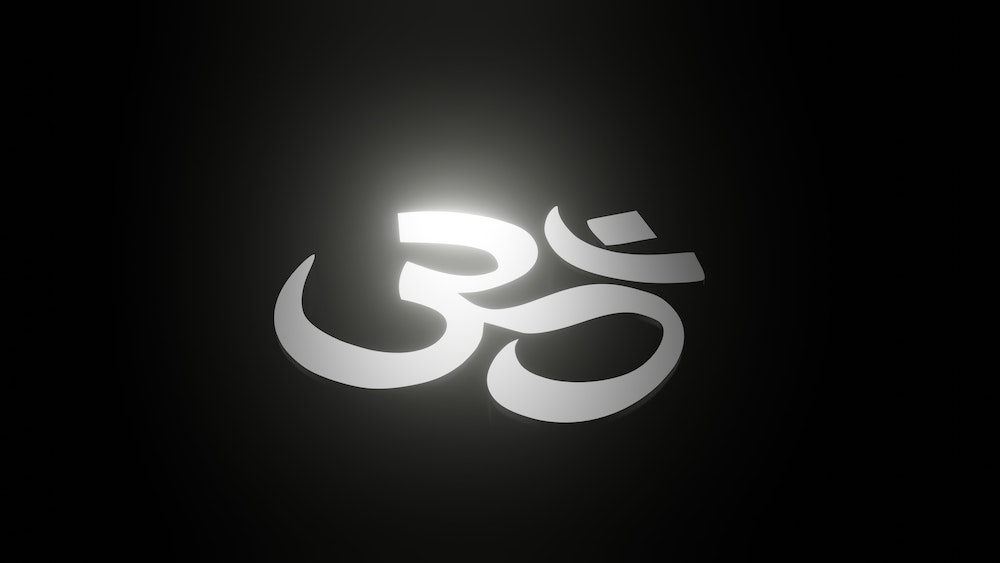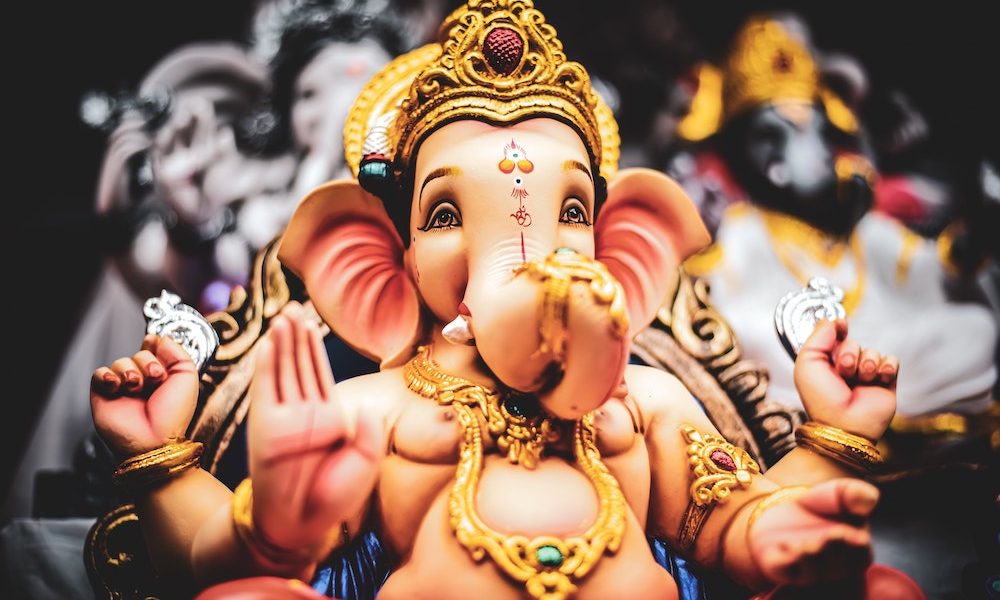Complete Guide to Vedic Meditation | Meditation is the second most popular mind and body exercise in the US, just after yoga. 1 It’s a practice that’s easy to follow, suitable for most environments, and people of all ages can participate in it.
However, you’ve probably heard of the many variations of meditation being thrown around. From Vinyasa to Chakra, it’s a bit overwhelming when you’re trying to learn more about it.
Vedic meditation is yet another term you may have heard of…but what exactly is it?
Vedic meditation is an ancient form of meditation practice, and it is, in fact, the root of all meditation styles you hear about today. It is literally the original source in which all other branches have taken inspiration from.
Vedic meditation is derived from the Vedas, ancient religious texts that form the foundation of Indian philosophy, the 8 branches of yoga, and the science behind Ayurvedic medicine.
The Vedas outlines a pathway towards a happy and meaningful life, and for centuries this has had enormous and positive impacts on people’s health and well-being.
What is Vedic Meditation?


Vedic meditation is a form of therapeutic meditation that focuses on a mantra, which is when you repeatedly utter a phrase, either in your mind or out loud, and allow it to transcend you.
Mantra is derived from two Sanskrit words: “man”, which means mind, and “tra” which means vehicle. It effectively describes a mantra as being a psychological vehicle that transports you from one place to a hopefully more peaceful place.
The Benefits Of Vedic Meditation
1. Reduce Stress & Anxiety


Stress and anxiety are unfortunately common in today’s society. Many people turn to meditation to help reduce these feelings, and Vedic meditation is a great practice for people of all ages.
The value of mantras is often underestimated by people who have never practiced it in meditation before.
Many ancient mantras are in the Sanskrit language because Sanskrit is known as a ‘vibrational’ language, i.e., the sounds of the words in the language cause a relative vibration. For example, when you repeat the common mantra “shanti”, which means peace in Sanskrit, it will slowly conjure peace with your inner body.
You’ve probably felt the sensation of being calmed by sounds before, such as waking up to the birds chirping, or hearing the ocean waves crash as you wake up near a beach. The sounds themselves are what invoke feelings of peace and contentment in your body, and this is similar to the mantras repeated during Vedic meditation.
The benefit of reduced stress and anxiety is so widely believed that certain universities have begun encouraging their students to practice it when they were feeling too pressured. 2
2. Boost Creativity & Cognition


Often when we’re stuck in a rut, it’s hard to think clearly and creatively.
Vedic meditation forces us to take a moment to relax and lower our stress levels and therefore allowing our brains to function more effectively.
When hit with multiple to-dos lists and deadlines, feeling overwhelmed is quite common. By practicing Vedic meditation, we’re taking a few steps back to focus on the present and be mindful of ourselves. We become less affected by what we can’t control and are aware about what we can control, allowing us to be more creative and productive.
3. Improve Quality of Sleep


Vedic meditation is actually a great tool to nurture a healthy nervous system. With all forms of meditation, you’re practicing becoming more aware3. When you are more aware of your body and your surroundings, it helps to activate your parasympathetic nervous system. This is the function of your body which governs relaxation and recovery from stress. 4
Not only does this mean that your stress chemicals will reduce, but you will get better sleep!
Read More: Stop Doing These 10 Bad Habits Before You Sleep
4. Improved Cardiovascular Health


Cardiovascular health generally involves the condition of the heart and associated arteries. 5 When people are generally stressed out and anxious, this causes tension in the brain as well as in your heart. Mental well-being overall directly impacts your cardiovascular health.
Practicing Vedic meditation has helped many people improve their bodies’ overall physiological response to stress. This in turn reduces blood pressure, which in turn reduces the chances of heart diseases and any risk factors associated with it. 6
Allowing yourself the small blocks of period during the day to practice Vedic meditation will get you into a mindful state of body, increasing your awareness of the environment around you, and help you reduce stress and anxiety levels.
5. Emotional Balance
Before you begin meditation, you may be thinking at a hundred miles per hour. You might be worried about the past, present, and the future. Emotional imbalance caused by thinking about many things at once can throw your mind in chaos.
Choosing to practice Vedic meditation means you are choosing to become more balanced. When you allow yourself to sit and relax into the exercise, to clear your mind and become more aware, you’re also working on keeping your wild emotions in check.
Vedic meditation is not so much as to erase all the emotions; however, it will greatly help with giving a healthy perspective as to why you are feeling these emotions.
Read More: All You Need To Know About Twin Flame Meditation
6. Contentment


Generally, when you’re emotionally balanced, getting a good night’s sleep, feel and act productive during the day, and are generally less stressed and anxious, you’ll feel content with yourself.
Further flow-on benefits from practicing Vedic meditation and experiencing the above benefits is having more meaningful connections with those around you, having healthier relationships, and self-love.
Tips on How to Practice Vedic Meditation
Truth be told, Vedic meditation can be practiced at any place, and any time. To get the most of your experience, however, here are some tips on how you can practice Vedic meditation effectively.
1. Choose Your Mantra
This means choose something that resonates with you personally, something that has meaning and can help to get you to that aware state of being.
Some additional common traditional Sanskrit mantras include ‘om’, the sound of pure consciousness; ‘so hum’, meaning ‘I am that’; or ‘om mani padme hum’, meaning ‘the jewel in the lotus’. A lotus is a stunning flower that grows from mud, and this mantra will invoke your ability to overcome any obstacles.
2. Find a Quiet Place


The best place is a quiet place for meditation. When you’re first starting out and trying to transcend to a higher place, you’d be working overtime if you also had to try and block out traffic noises and conversations.
As you become more experienced in Vedic meditation, you’ll find it easier to close your eyes and practice it anywhere.
3. Find a Comfortable Position
You’ll find it quite difficult to fully relax if your body is in an uncomfortable position. Sit up with good back posture without crossing your legs stiffly. If you need to, sit on a pillow to rest your legs.


Make sure your head and neck remain free and relaxed.
Read More: 10 Meditation Hand Positions & Their Meanings
4. Connect With Your Body
Once you’ve settled into your comfortable position, try to then sync with your body.
Close your eyes and become aware of your breathing; follow the movement of your chest as it rises and falls; notice how your body connects with the earth.
Take a few breaths and allow your physical body to relax; lower your hunched shoulders and breathe deeply with your stomach.
5. Focus On Your Mantra


In your relaxed state, you can now focus on your mantra that you have chosen for yourself. Allow it to permeate your mind and notice what thoughts are floating or lingering in your mind. Relax further and allow them to float away and disappear.
Repeat your mantra (either audibly or just in your mind), and then let it go as well. Whilst it may take a bit of practice, it’s definitely something that will get easier as time passes.
People may find that often their attention will drift to a thought or a memory and realize they’ve stopped chanting. Gently come back to repeating your mantra until you can let it go without delving deep into more thoughts.
6. Ease Back to Your Physical Body
After 20-minutes or so, or when you want your practice to be over, simply let go of the mantra completely.
Bring your attention back to the physical sensations in your body.
Notice how different you feel. Notice if areas of your body feel differently than before. Notice how the state of your mind has changed, and feel your emotions at that moment.
With Vedic meditation, there is no correct way on how to feel. There is just simply being mindful of the moment.
7. Express Gratitude


Before ending your practice, remember to express gratitude. Remain still in your position and think about those you feel gratitude for – don’t forget yourself.
Think about why you began this exercise and your intentions for the day. Reflect again about how differently this has made you feel and learn from the experience.
Vedic Meditation In Short
Vedic meditation offers a whole heap of benefits that can truly benefit your overall well-being. People who pursue Vedic meditation experience incredible positive changes in their body.
Whilst the list may be quite endless, the major benefits include reduced stress, increased productivity, improved quality of sleep, improved cardiovascular health, a healthy emotional balance, and contentment.
We hope you found this guide to Vedic meditation useful. Remember that practice makes perfect, so if you’re keen to reap these aforementioned benefits, there’s no time like the present to start.
References:


